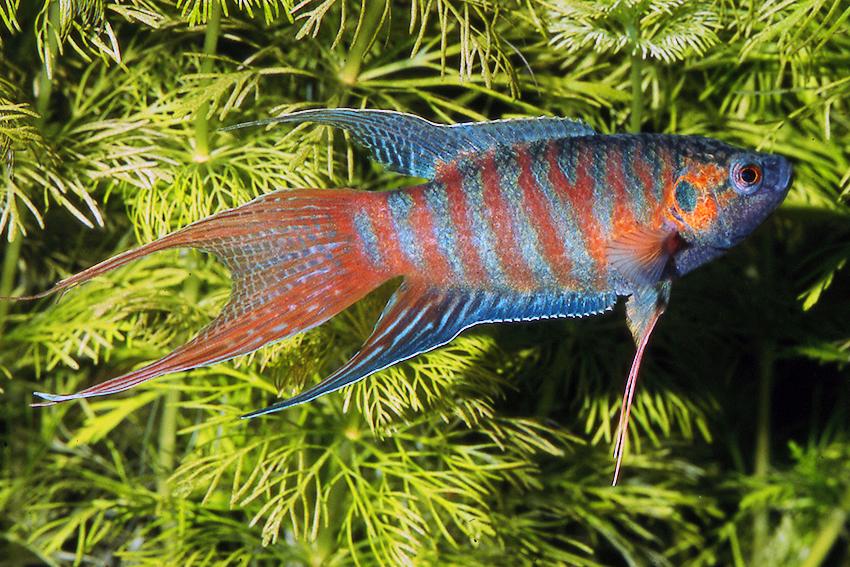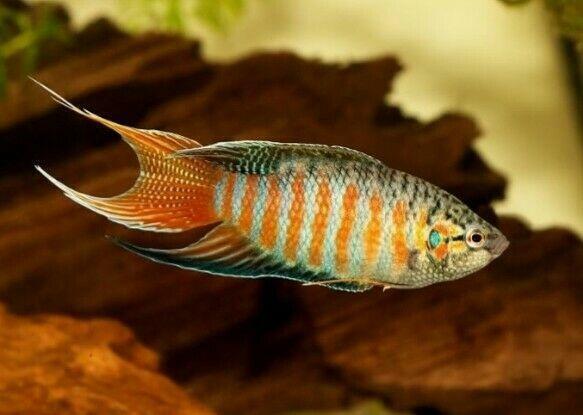Blue Paradise Gourami (Macropodus opercularis)
Blue Paradise Gourami (Macropodus opercularis)
Total items
Product subtotal
Detailed Description
Detailed Description
Blue Paradise Gourami (Macropodus opercularis)
Common Name: Paradise Fish, Blue Paradise Gourami
Scientific Name: Macropodus opercularis
Size: 3–4 inches (7.5–10 cm)
Origin: Southeast Asia – native to Vietnam, China, Taiwan, and surrounding regions
Temperament: Semi-aggressive, especially males
Tank Size: 20+ gallons
Water Conditions:
-
Temperature: 68–82°F (20–28°C)
-
pH: 6.0–8.0
-
Hardness: Soft to moderately hard (5–19 dGH)
The Paradise Blue Gourami is a stunning freshwater fish prized for its iridescent blue body, flowing fins, and bold personality. As one of the first tropical fish ever kept in home aquariums, it’s both a classic and a standout in any tank. With vibrant coloration and a labyrinth organ allowing it to breathe air, this species adapts well to a wide range of setups.
Temperament & Tank Mates:
Males can be territorial—especially during breeding—but they do well in larger tanks with space to establish territories. Keep with robust, non-aggressive tankmates. Avoid fin-nipping species or other brightly colored, long-finned males to prevent conflict.
Fun Facts:
-
Paradise Gouramis can breathe atmospheric air thanks to their labyrinth organ—so they can survive in low-oxygen water.
-
These fish were among the first tropical species introduced to the aquarium hobby in the 1800s.
-
Their color intensity often deepens during displays or territorial interactions.
Diet:
Omnivorous – enjoys a varied diet of high-quality flakes, pellets, frozen foods (brine shrimp, bloodworms), and occasional plant matter.
Tank Setup Tips:
Provide plenty of plants, floating cover, and gentle filtration. Males appreciate visual barriers (like driftwood or tall plants) to reduce territorial stress.
Add a splash of old-school elegance and vibrant attitude to your tank with the Paradise Blue Gourami—a timeless beauty with personality to match.
Product features
Product features
Materials and care
Materials and care
Merchandising tips
Merchandising tips
Share




